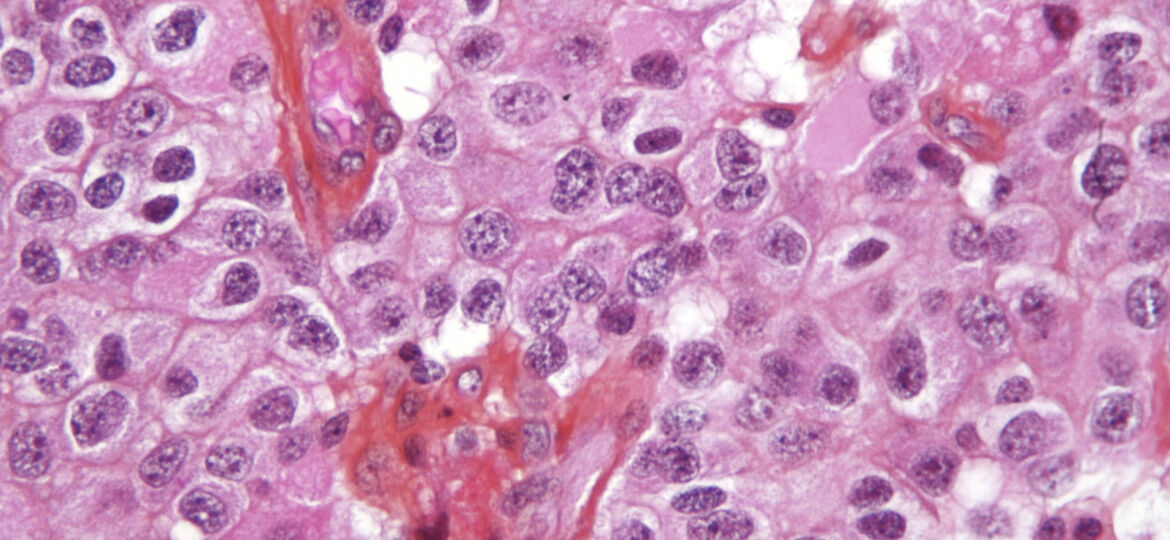
WHY THIS MATTERS IN BRIEF
The brain is, arguably, one of the last great mysteries left for mankind to unravel but doing so needs a combination of approaches, ranging from computer simulations to direct manipulation and observation.
The Meso-Brain consortium, which is run out of Aston University in the UK, has just received €3.3million in funding from the European Commission’s Future and Emerging Technology (FET) scheme to fund a project to print a fully functional, albeit a small slice, human brain using 3D nanoprinting technology.
The ambitious project which aims to replicate not just the brains intricate neural structures and specific biological architecture, but also it’s electrochemicial and electrophysiological properties. The project will bring together top researchers in the fields of advanced manufacturing, biology, imaging, neuroscience and photonics in the hope that the project will one day help scientists better understand brain disease progression, neuronal growth and help to create large scale human cell based assays to test the modulatory effects of pharmacological and toxicological compounds on neural network activity. The use of more physiologically relevant human models will increase drug screening efficiency and reduce the need for animal testing.
“The Meso-Brain project will use recently developed 3D laser nanoprinting technology to support one of the major aims of neuroscience – to form neural networks with specific biological architectures,” said Professor Edik Rafailov, “if we can use 3D nanoprinting to improve the connectivity of neurons in an area of the brain which has been damaged, we will be in a position to develop much more effective ways to treat those with dementia or brain injuries.”
The project will use human-induced pluripotent stem cells, which are cells taken from tissues in the body that are genetically modified to behave like a embryonic stem cells, by differentiating them into neurons. The scientists will then be able to use these cells to 3D nanoprint the precise neural networks and brain architectures they need using a 3D printing technique called “Scaffolding”.
In addition to Aston University, Meso-Brain will also boast contributions from Axol Bioscience, Laser Zentrum Hannover, the Institute of Photonic Sciences, the University of Barcelona and Kite Innovations.
Meso-Brain isn’t the only high profile, publicly funded project designed to reverse engineer the human brain. There’s the Microns project, and then more recently, an initiative from a team at the A*Star Genome Institute in Singapore who managed to grow a brain in a jar, and the European Commission’s Human Brain Project which is trying to build a computer simulation of the brain along similar lines as the recently announced Japanese Riken K project.
Slowly but surely the brain is giving up its long held secrets.

















[…] variety of applications that range from the manufacture of human body parts, everything from human brains, cartilage, hearts, kidneys and skin to coral reefs, homes, munitions, […]